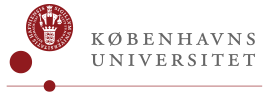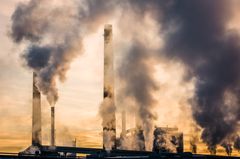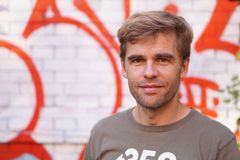International research team: World's climate plans make for a worrying read
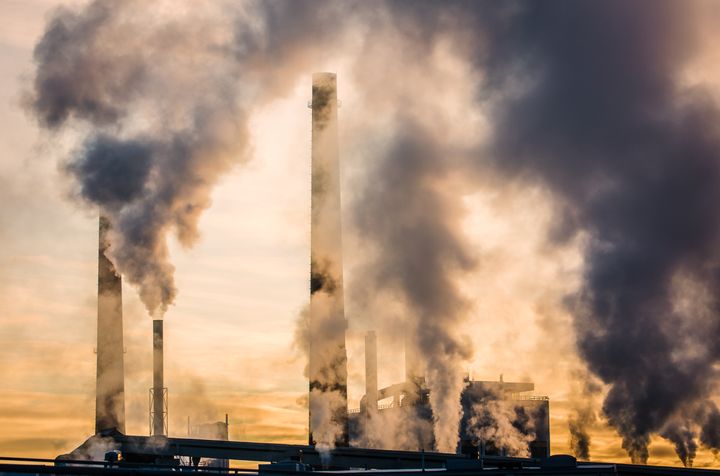
Every year, the world's oceans absorb twelve gigatons of CO2 from the atmosphere. Twelve gigatons is also the amount of CO2 that countries will rely on new technologies and nature restoration to remove from the atmosphere annually by 2050.
This is a key finding by an international research team. In a new study published in Nature Climate Change, the researchers went through the so-called "long term low emission plans" of 50 countries submitted to the UN Intergovernmental Panel on Climate Change.
The plans outline how CO2 emissions will be reduced, as well as each country’s expected residual emissions in 2050, they year when they expect to reach the point of net zero emissions.
"Our analysis looked at the most ambitious scenarios advanced by countries, as many countries used several different projections, meaning that actual residual emissions may be much larger," says first author of the study, assistant professor Holly Jean Buck of the University at Buffalo.
Co-author, Professor Jens Friis Lund from the University of Copenhagen adds:
"We have been kind to the countries and taken their most conservative emissions estimates by the year 2050. Even then, we are left with 12 gigatons of CO2, an unrealistically large amount to remove. Therefore, as they stand today, the countries' plans make for a worrying read," says Professor Jens Friis Lund of the University of Copenhagen’s Department of Food and Resource Economics, one of the new study’s authors.
Afforestation will impact food security
Only 18 out of the 50 countries that submitted climate plans supplied figures for how large their residual emissions would be in 2050. The researchers used these figures to calculate an average, which was then applied to the other countries.
Despite the large amount of CO2 expected to remain in 2050, the 18 countries still plan to attain net zero emissions that year. This is to be achieved by planting new forests and conserving large tracts of nature, among other techniques.
But according to Professor Jens Friis Lund, this will likely compoundother challenges, for instance increased competition for land for biodiversity protection and food production.
"These very large areas that need to be set aside to remove CO2, will compete with agricultural land and food security. The sheer speed at which forests or biocrops must be planted will pose a risk to people around the world, because there won’t be time to ensure that people are properly heard or compensated," says Jens Friis Lund, an assertion based on a report on the need and potential for removing CO2 that he co-published prior to last year’s COP27.
Rapid reductions, here and now
New technology that can capture atmospheric CO2 also plays a major role in the future plans of countries to reduce their emissions. These technologies include carbon capture and storage (CCS) technology applied to biomass energy and in direct air capture.
“We’ll need negative emissions technologies, but we also need to be aware of the risks. This is not the first time the prospect of new technologies have been relied upon to deal with the climate crisis, without being followed up by strong enough policy or enough investment. We’ve seen the same thing for e.g. CCS technology applied fossil energy. Scrutinising our reliance on residual emissions is a way to keep the pressure on decision makers up," says Nils Markusson, a senior lecturer at Lancaster University, who also contributed to the research.
There are already a handful of direct air capture systems around the planet that remove a few thousand tons of CO2 annually. By 2050, plants like these will be many times larger than they are today and require huge amounts of energy. Energy that needs to be green energy before it makes sense.
"Today, technology allows us to remove a few thousand tons of CO2 every year. This capacity must increase a thousandfold if we are to eliminate the emissions that countries currently expect to have in 2050. This means huge demands on how land is used and the expansion of renewable energy with the sole purpose of removing CO2 from the atmosphere. And this must be added to everything else we already need to do to reduce emissions. It's a huge bill that we’re leaving to future generations," says Jens Friis Lund.
Therefore, the new study also comes with a clear and not too surprising recommendation:
"We strongly recommend accelerating efforts to reduce emissions. Faster reductions here and now are far more preferable to investing in an uncertain technological fix, in a future where the climate crisis has worsened, with even more severe weather phenomena and subsequent climate damage," says Jens Friis Lund.
”Ultimately, our research demonstrates that we need a much more open discussion about all of this. Countries and companies that set net zero targets need to enable a democratic debate about the kind of climate futures that we collectively want, and not hide behind seemingly neutral claims about the kind of emissions they think are "necessary," says senior lecturer Wim Carton of Lund University.
The study was conducted in a collaboration between the University of Buffalo, Lund University, Lancaster University and the University of Copenhagen.
Keywords
Contacts
Jens Friis Lund
Professor
Department of Food and Resource Economics
University of Copenhagen
Mobile: 20 62 77 06
Mail: Jens@ifro.ku.dk
Michael Skov Jensen
Journalist and team coordinator
The Faculty of Science
University of Copenhagen
Mobile: +45 93 56 58 97
Mail: msj@science.ku.dk
Images
About Københavns Universitet - Det Natur- og Biovidenskabelige Fakultet
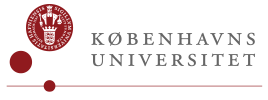 Københavns Universitet - Det Natur- og Biovidenskabelige Fakultet
Københavns Universitet - Det Natur- og Biovidenskabelige FakultetBülowsvej 17
1870 Frederiksberg C
35 33 28 28https://science.ku.dk/
Det Natur- og Biovidenskabelige Fakultet på Københavns Universitet – SCIENCE – er landets største naturvidenskabelige forsknings- og uddannelsesinstitution.
Fakultetets væsentligste opgave er at bidrage til løsning af de store udfordringer, som vi står overfor i en verden under hastig forandring med øget pres på bl.a. naturressourcer og markante klimaforandringer - både nationalt og globalt.
Subscribe to releases from Københavns Universitet - Det Natur- og Biovidenskabelige Fakultet
Subscribe to all the latest releases from Københavns Universitet - Det Natur- og Biovidenskabelige Fakultet by registering your e-mail address below. You can unsubscribe at any time.
Latest releases from Københavns Universitet - Det Natur- og Biovidenskabelige Fakultet
Saving the Asian Unicorn – If It Still Exists6.5.2025 09:48:24 CEST | Press release
The saola, an antelope-like bovine, is one of the world’s rarest and most endangered mammals. In fact, it hasn’t been observed in over 10 years. Researchers from the University of Copenhagen, in collaboration with Vietnamese scientists and an international team of researchers, have for the first time mapped the saola’s complete genome, and they have used that knowledge to estimate the chances of saving it – if it still exists.
Sådan redder vi den asiatiske enhjørning – hvis den altså findes6.5.2025 07:07:00 CEST | Pressemeddelelse
Den antilopeagtige okse, saolaen, er et af verdens mest sjældne og mest truede pattedyr – faktisk er den ikke blevet set i over 10 år. Forskere fra Københavns Universitet har i samarbejde med vietnamesiske forskere som de første kortlagt saolaens gener, og den viden har de brugt til at beregne sandsynligheden for, at vi kan nå at redde den – hvis den altså stadig findes.
Saving the Asian Unicorn – If It Still Exists5.5.2025 17:00:00 CEST | Press release
The saola, an antelope-like bovine, is one of the world’s rarest and most endangered mammals. In fact, it hasn’t been observed in over 10 years. Researchers from the University of Copenhagen, in collaboration with Vietnamese scientists and an international team of researchers, have for the first time mapped the saola’s complete genome, and they have used that knowledge to estimate the chances of saving it – if it still exists.
Bakterier bruger gammelt krigstrick til at overliste vira: Kan hjælpe med at bekæmpe ’superbugs’30.4.2025 07:30:00 CEST | Pressemeddelelse
Forskere har opdaget en ny type immunforsvar i coli-bakterier, der vender en virusinfektion mod vira selv. Systemet er opkaldt efter den kinesiske militærstrateg Kongming som var berømt for at bruge fjendens våben til at besejre dem. Opdagelsen kan bruges i udviklingen af fremtidige bioteknologiske værktøjer og måske som et alternativ til antibiotika til at bekæmpe multiresistente bakterier.
Nyt forskeruddannelsesprogram skal udklække fremtidens kvantespecialister29.4.2025 10:24:11 CEST | Pressemeddelelse
Med støtte fra Villum Fonden opretter Københavns Universitet og DTU et nyt forskeruddannelsesprogram, der skal være med til at sikre, at Danmark kan bevare sin styrkeposition inden for kvanteforskning i fremtiden.
In our pressroom you can read all our latest releases, find our press contacts, images, documents and other relevant information about us.
Visit our pressroom